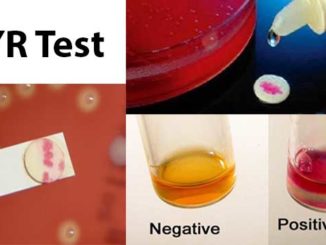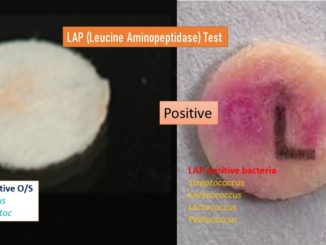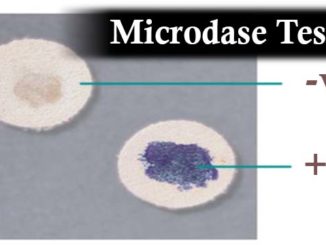
Tinea capitis: etiology, clinical manifestation, diagnosis and treatment
What is Tinea capitis? The term tinea capitis is used to refer the infections caused by the dermatophytes on the hair scalp and hair skin. […]

What is Tinea capitis? The term tinea capitis is used to refer the infections caused by the dermatophytes on the hair scalp and hair skin. […]

Fluconazole is a synthetic bis-triazole compound, where triazole is one of the classes of antifungal. It is basically used for the treatment of fungal infections, […]

Amphotericin B is a macrocyclic polyene antibiotic derived from Streptomyces nodosus. It remains the drug of choice for many forms of deep fungal infection. Mechanism […]

Diseases are transmitted from the source of infection to susceptible host. The medical model of infectious disease transmission consists of three interlinked chains. They are: […]

Haematopoiesis Haematopoiesis is defined as the process of formation, development and differentiation of blood cells. The blood cells are formed from haematopoietic stem cells (HSCs) […]

G-protein coupled receptors (GPCRs) G protein–coupled receptors (GPCRs) are receptors that are closely related with a member of the guanosine nucleotide–binding protein (G protein) family. […]

Principle of PYR test: L-Pyrrolidonyl Arylamidase (PYR) test is one of the rapid tests employed for the identification of group a beta-hemolytic Streptococci and Enterococci […]

Principle of Decarboxylase test: Decarboxylases are a group of enzymes which acts by hydrolyzing an amino acid to form an amine. Decarboxylase test is mainly […]

Principle: Leucine Amino Peptidase (LAP) test is one of the rapid tests which is employed for the detection of the enzyme leucine amino peptidase. The […]

Principle: Microdase test is also termed as modified oxidase test. It is one of the rapid tests employed for the differentiation between Staphylococcus and Micrococcus […]
Copyright © 2024 | WordPress Theme by MH Themes